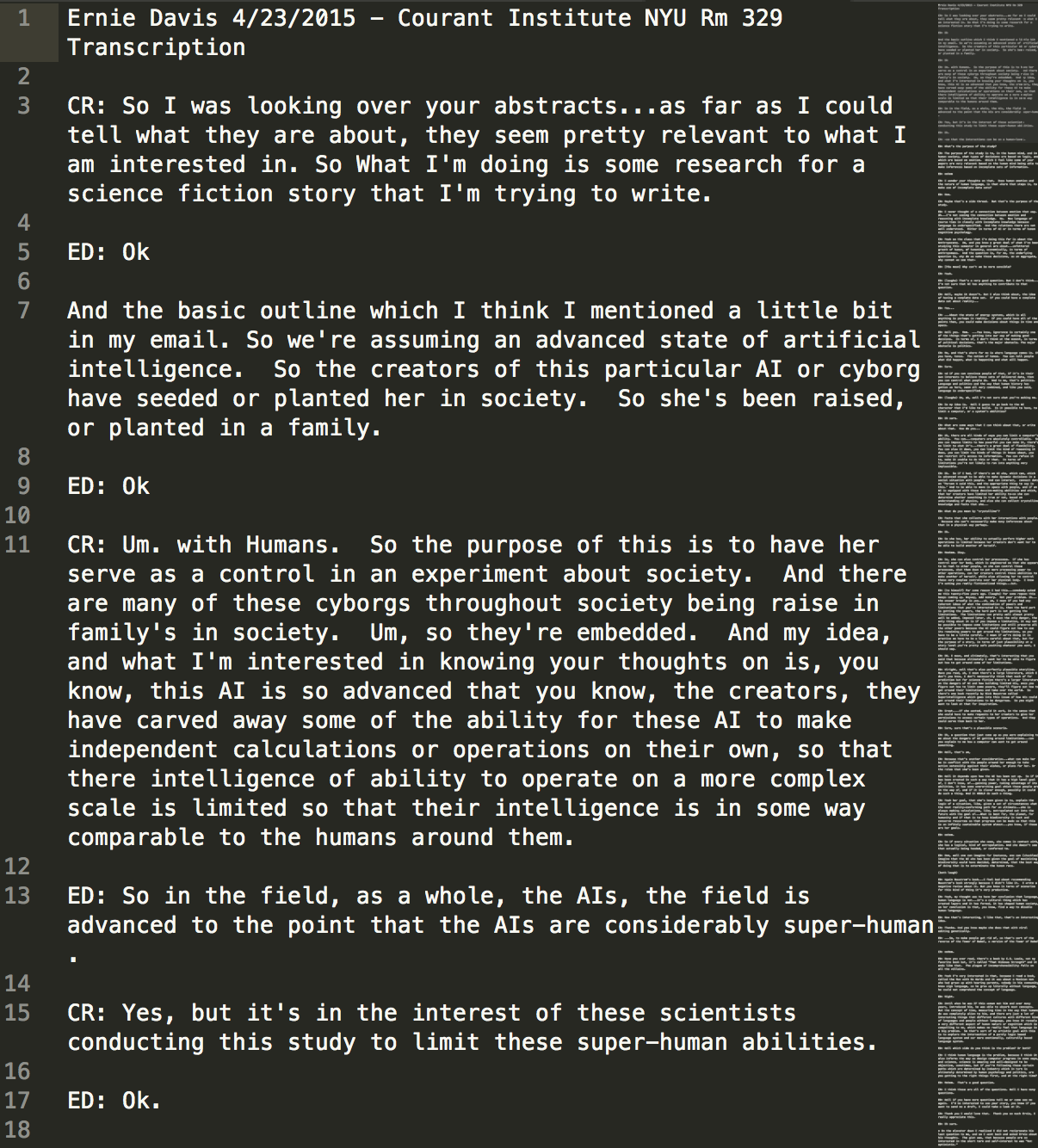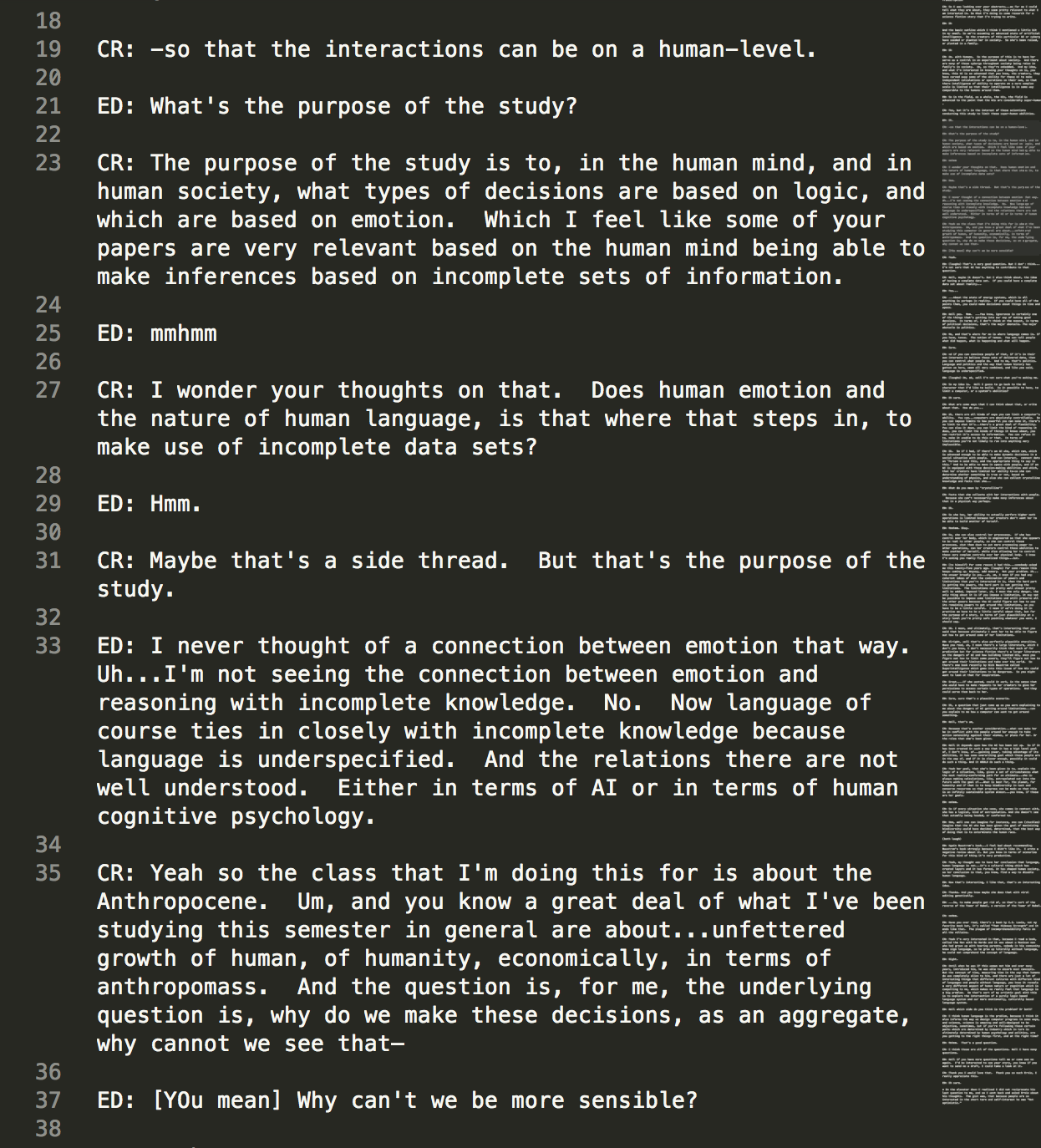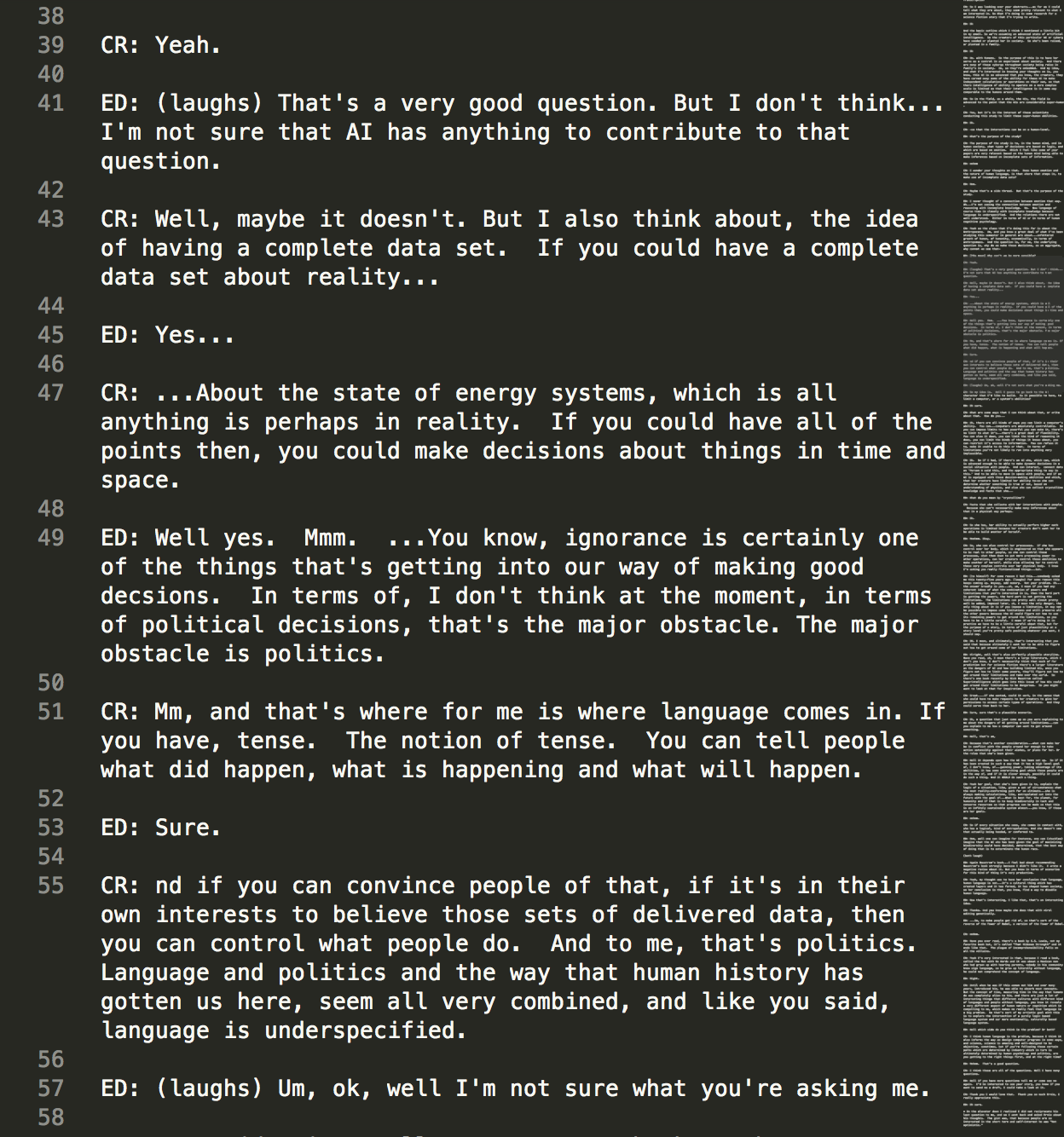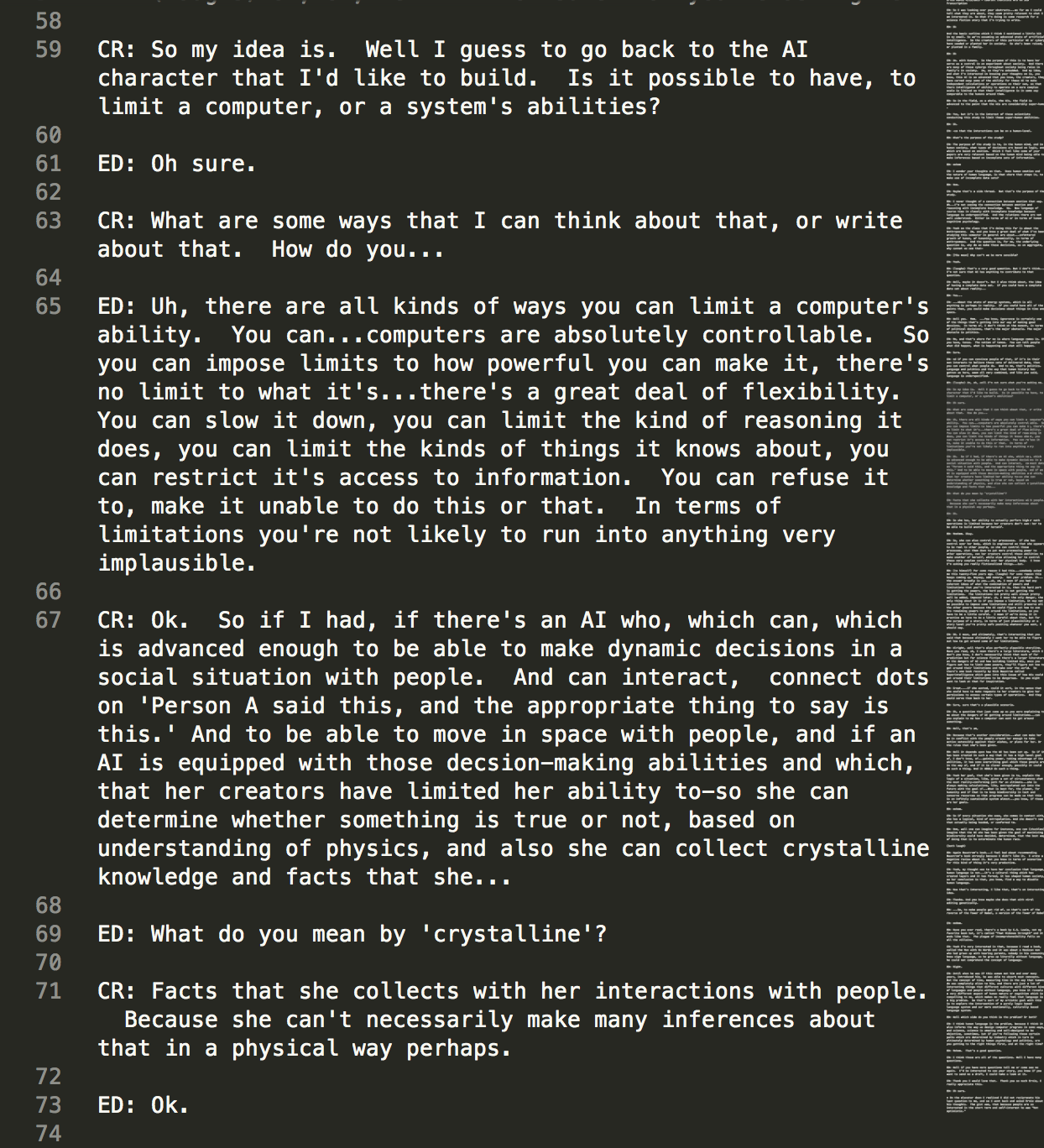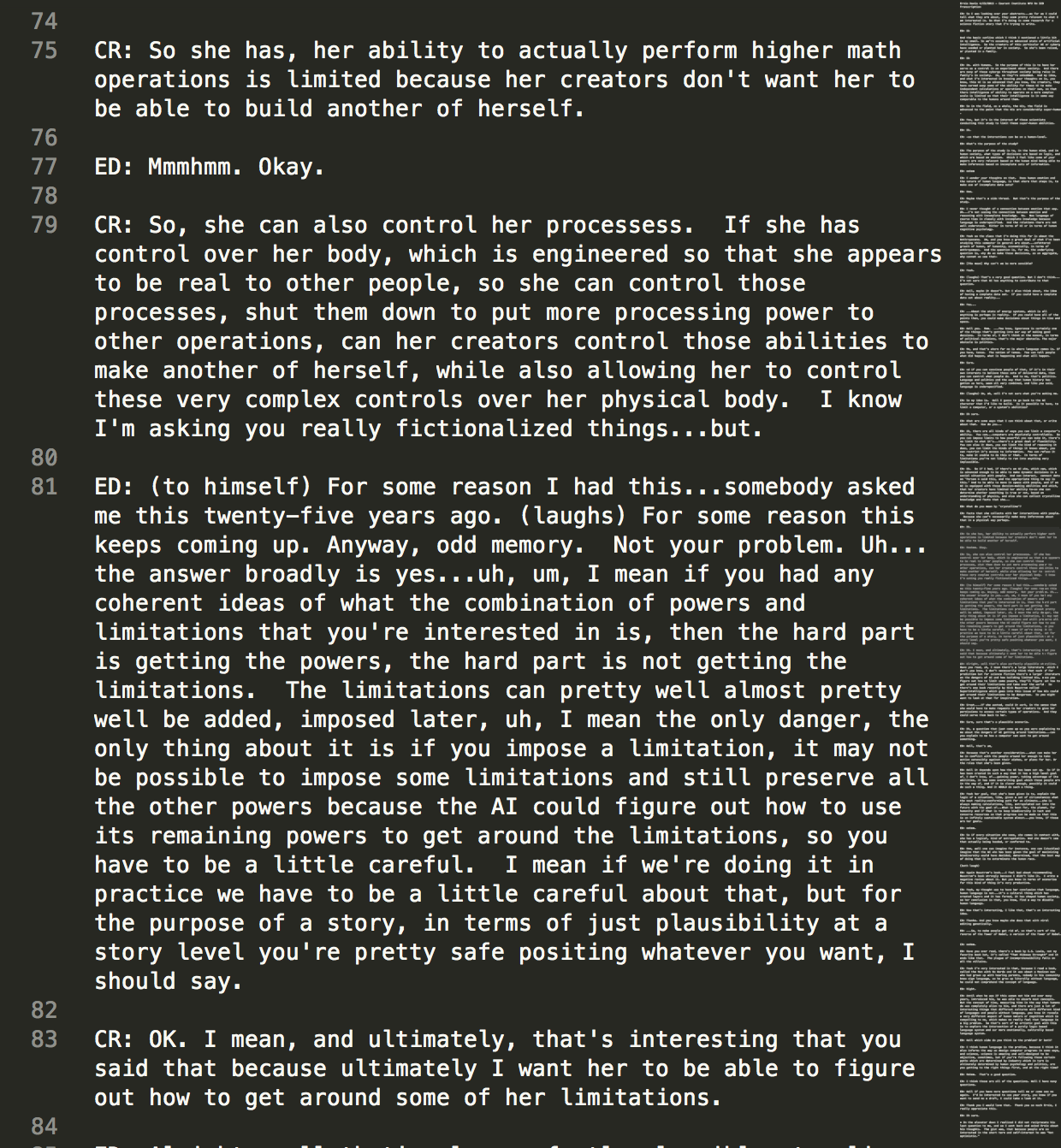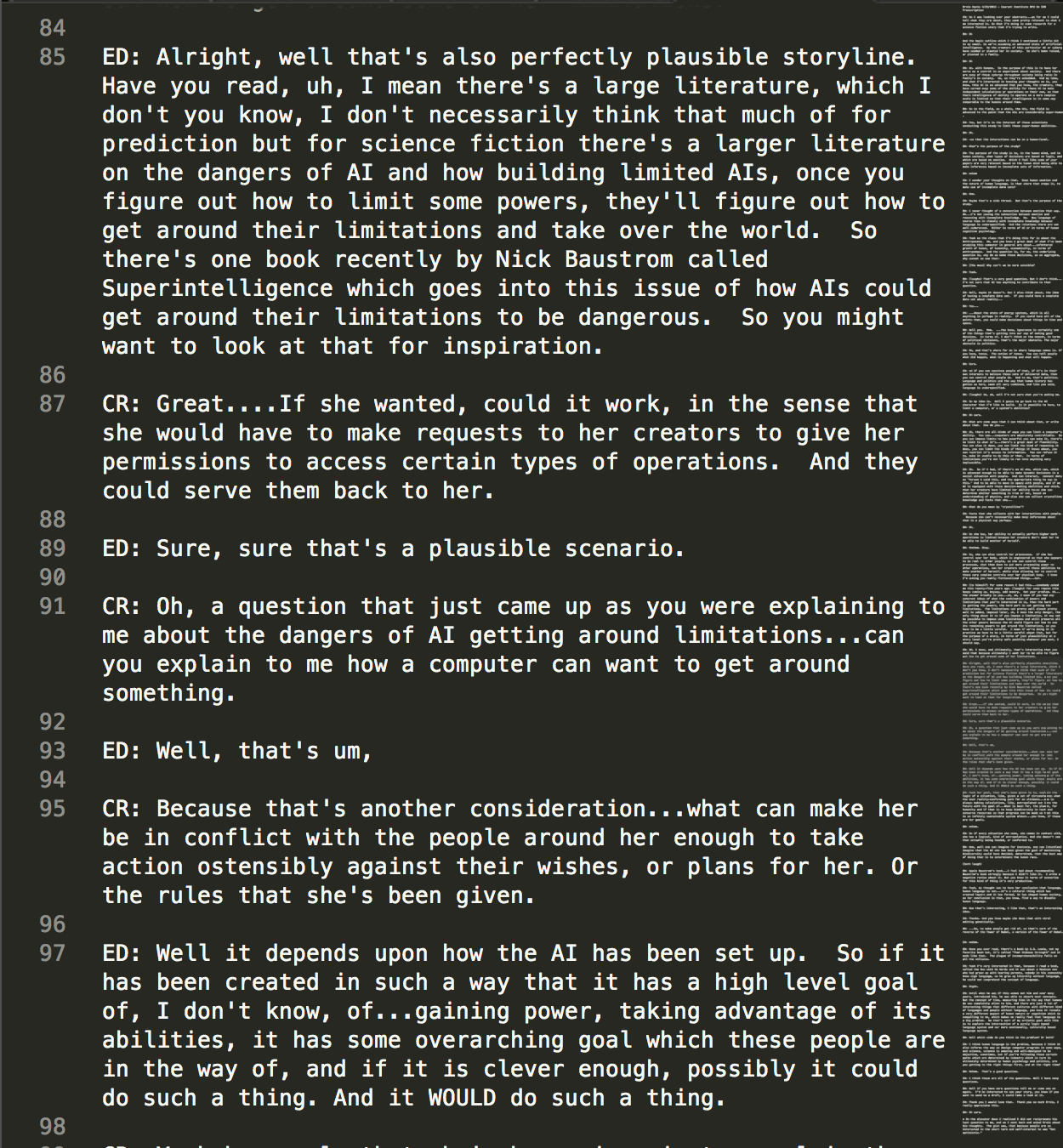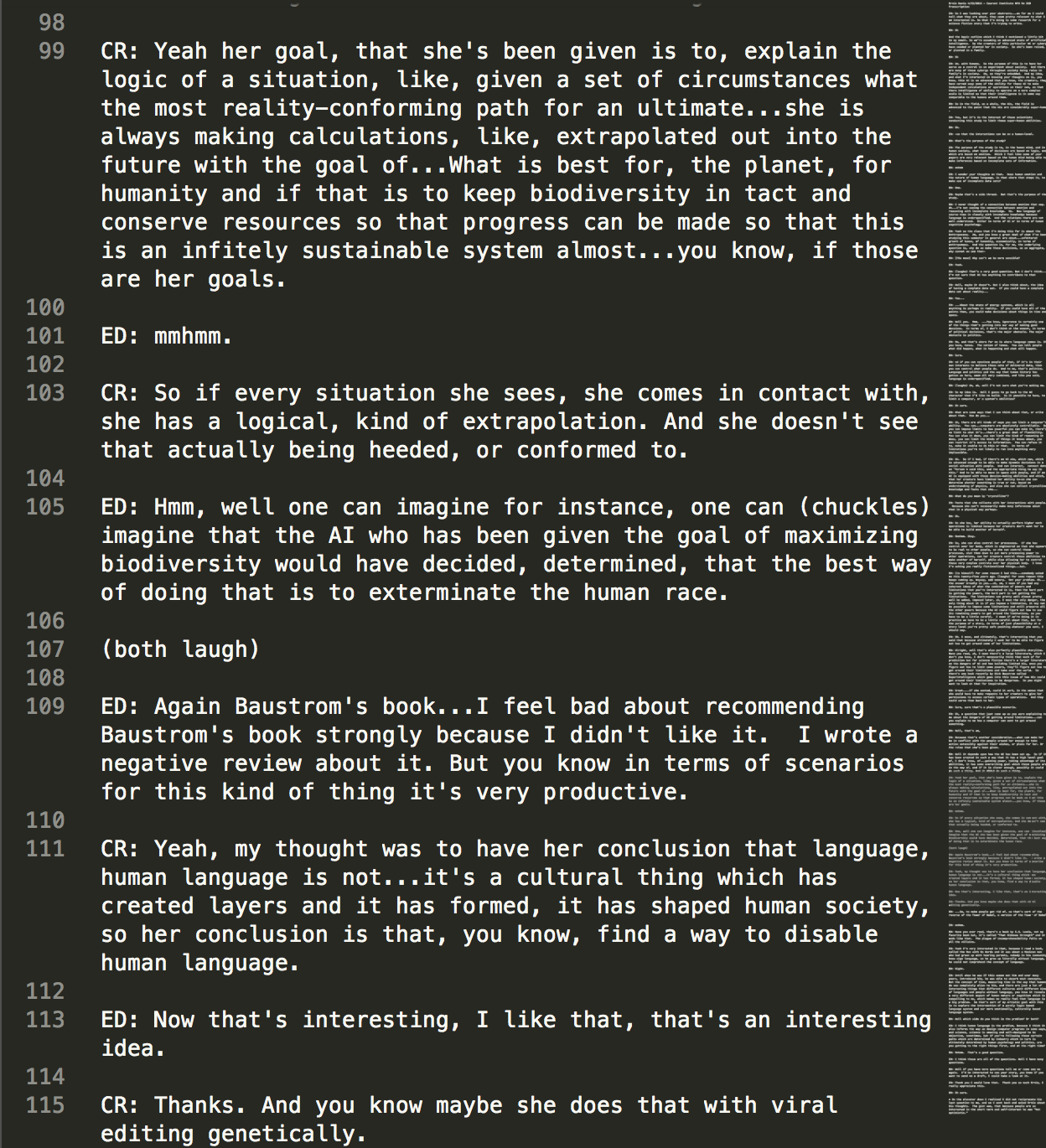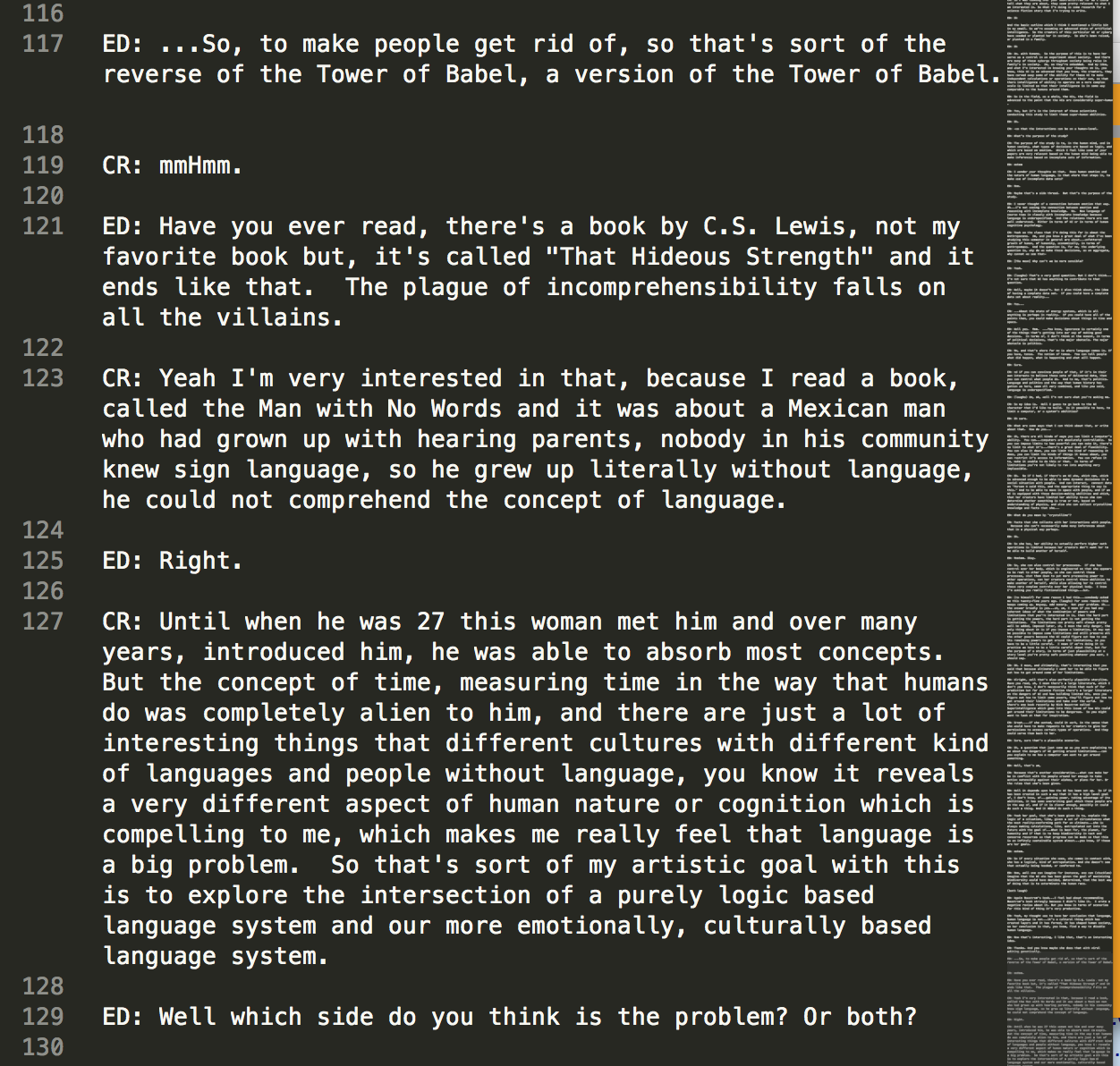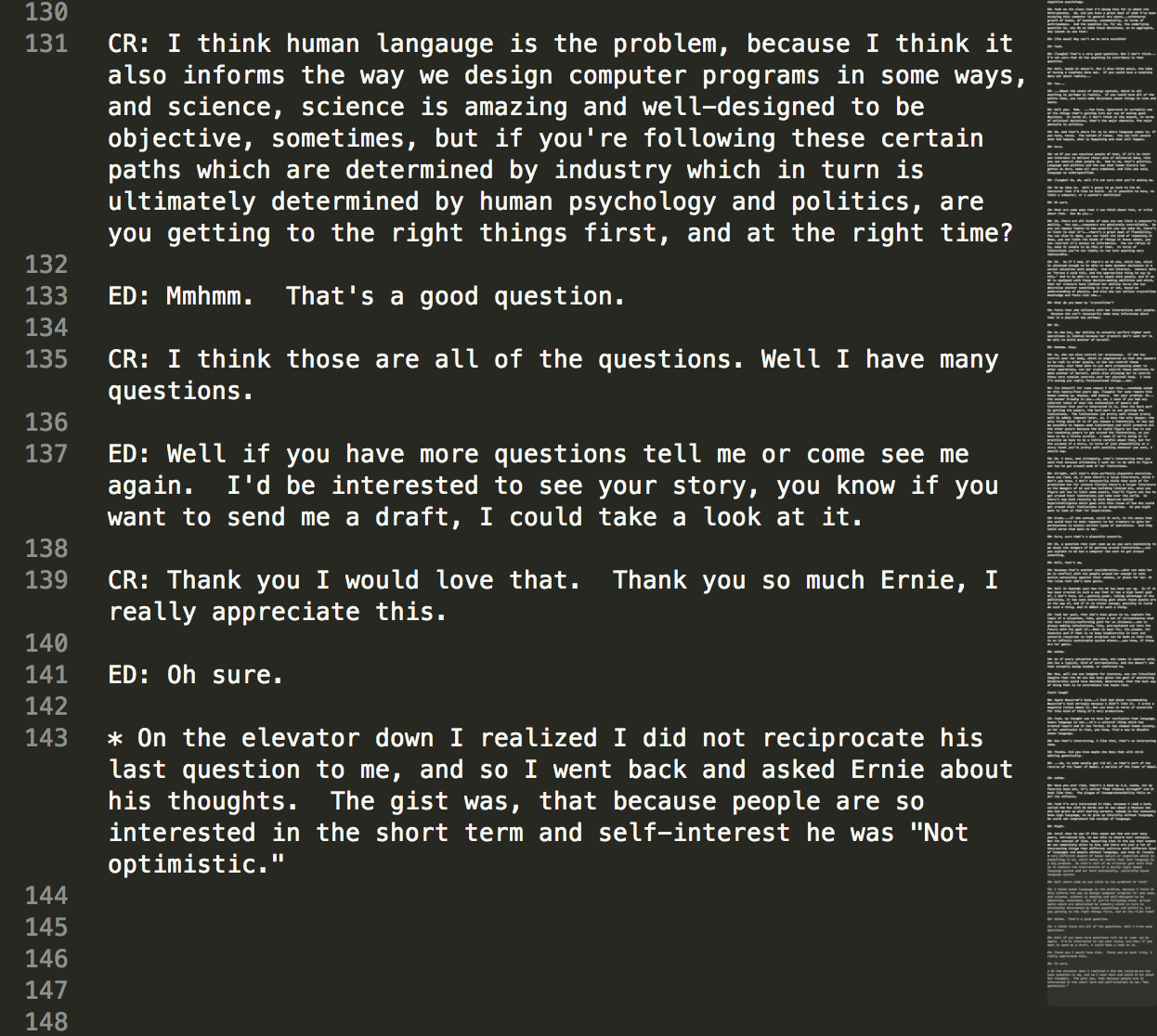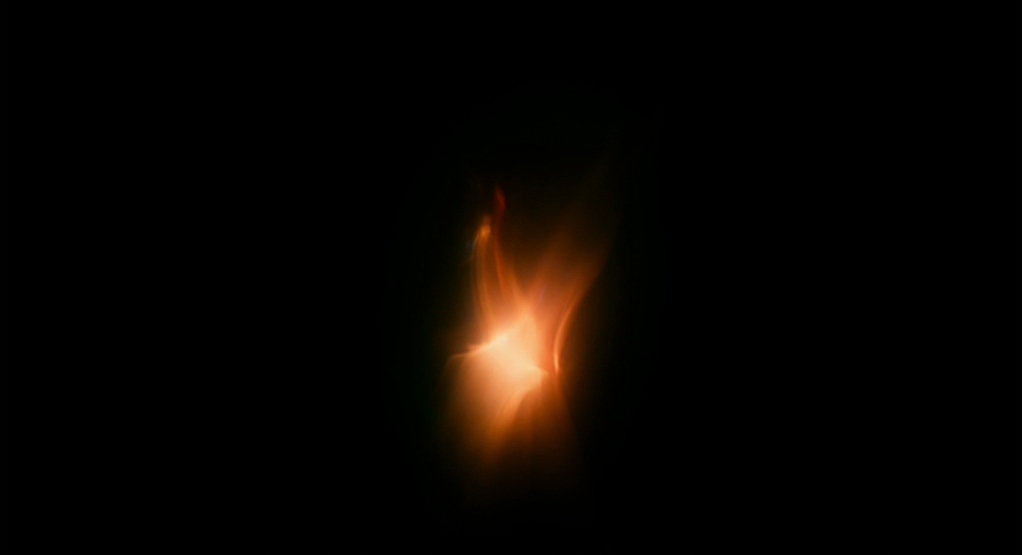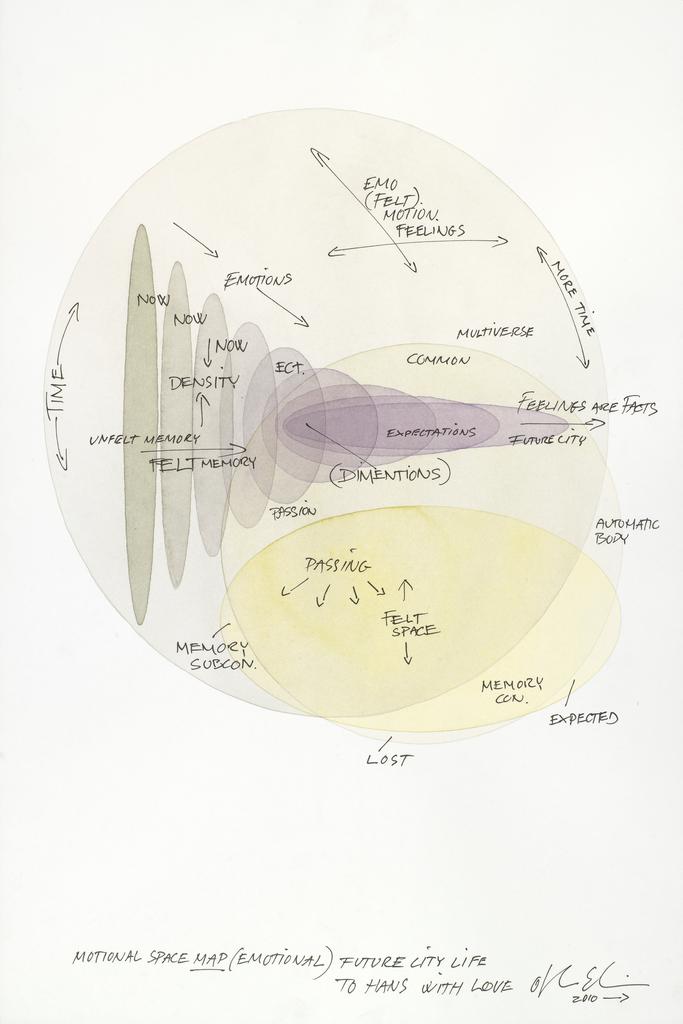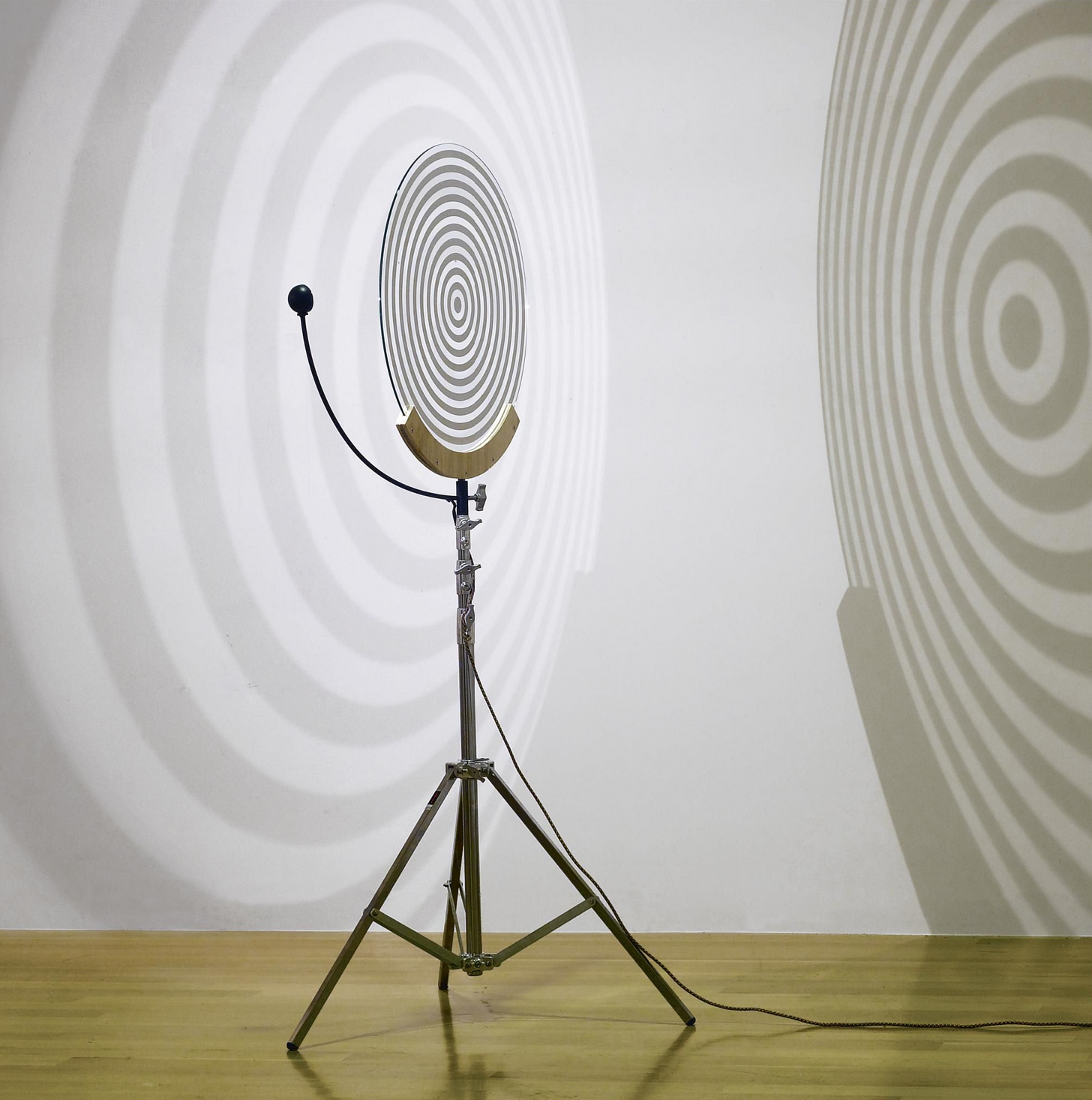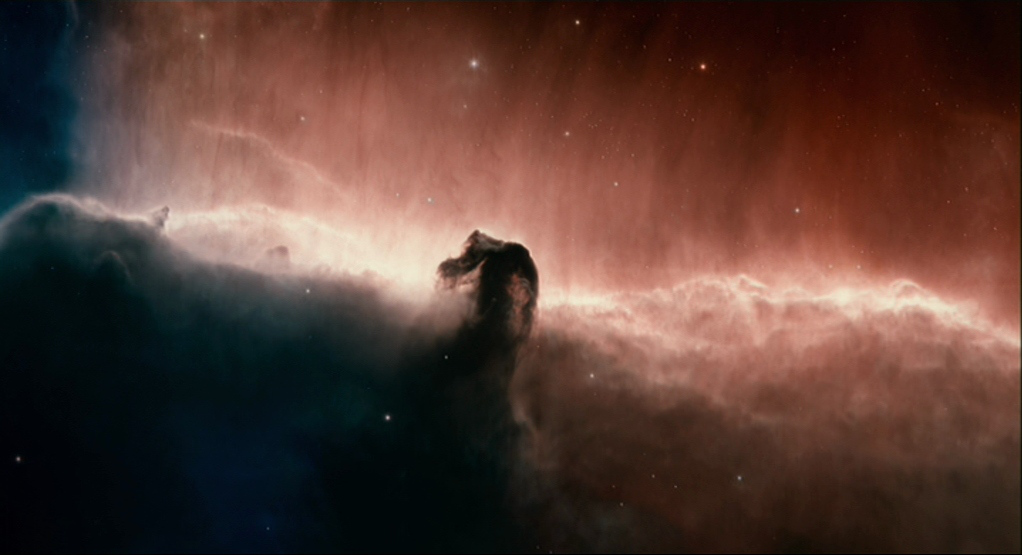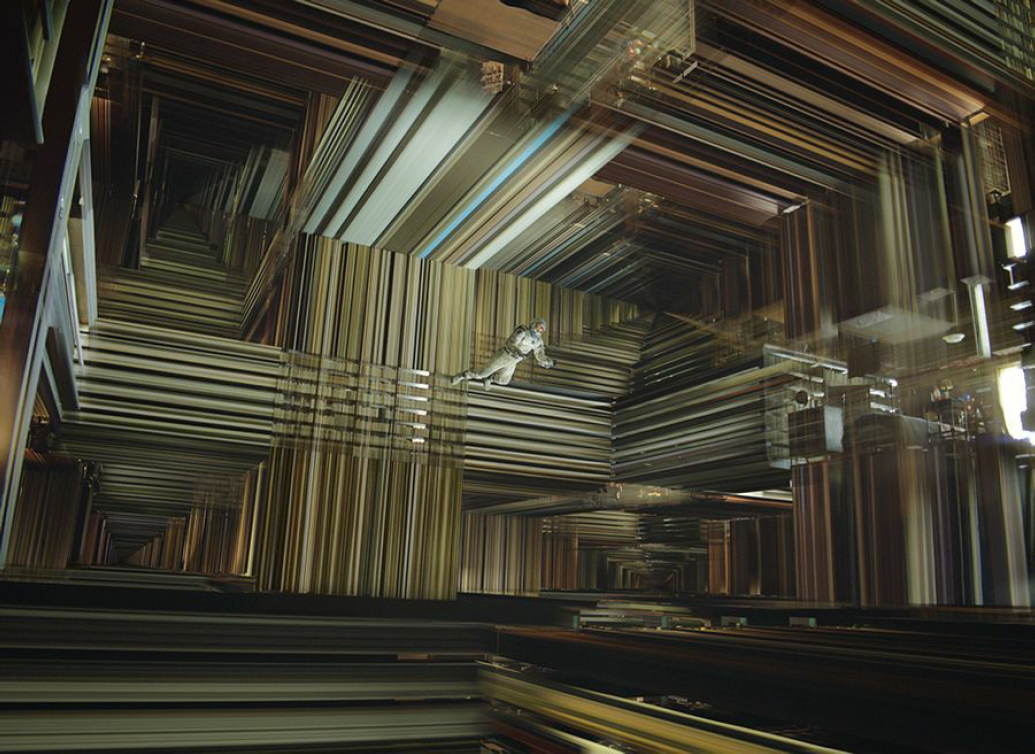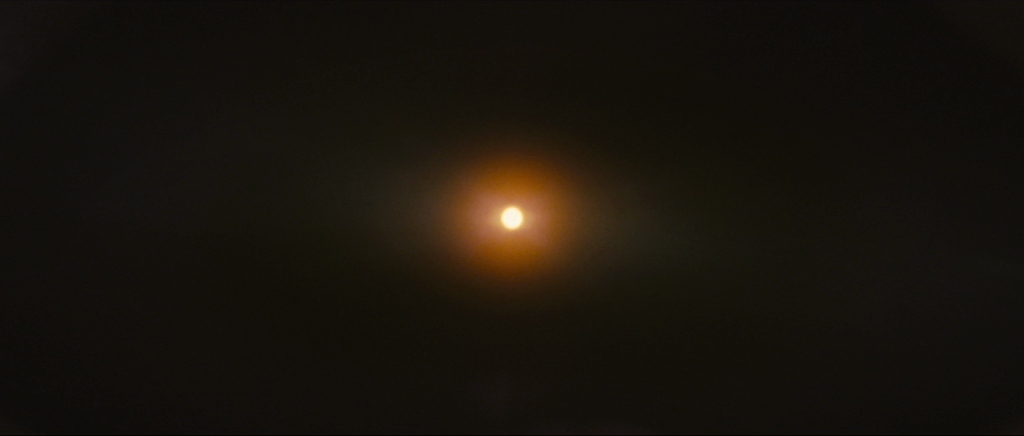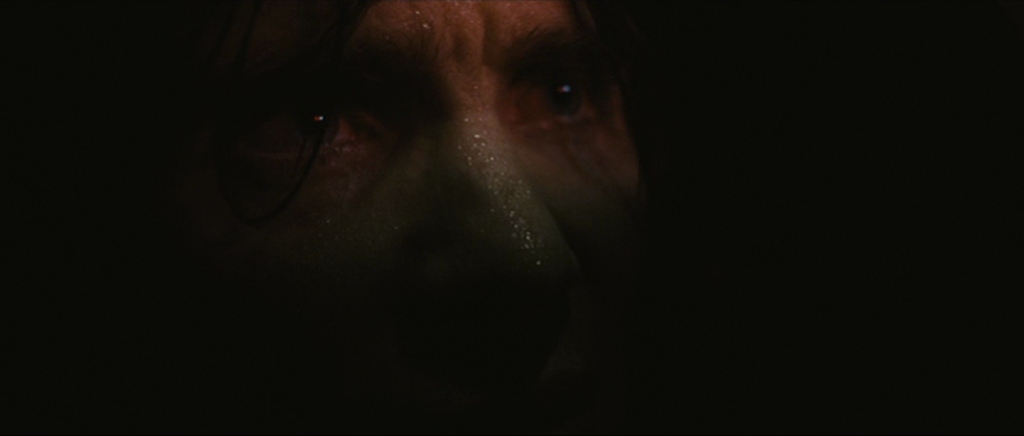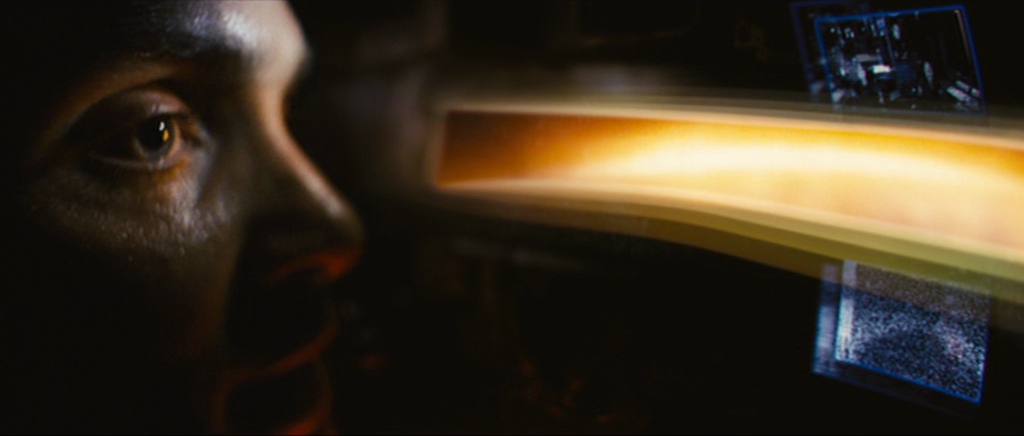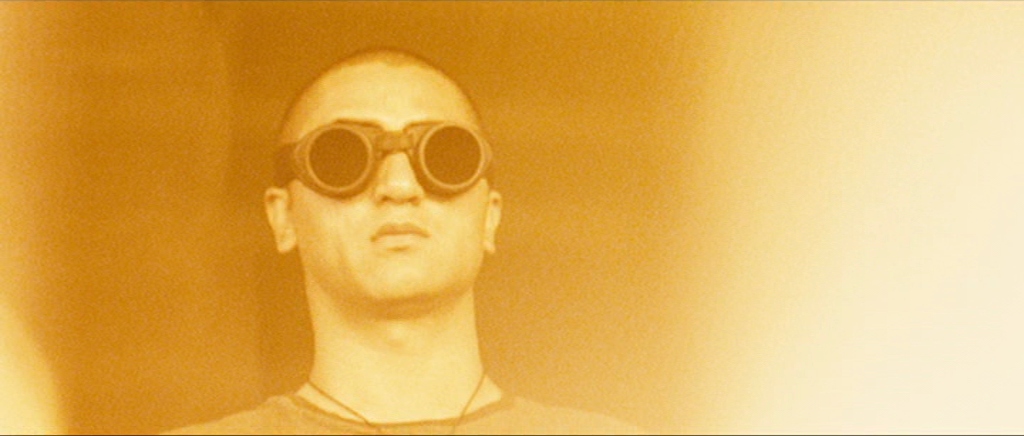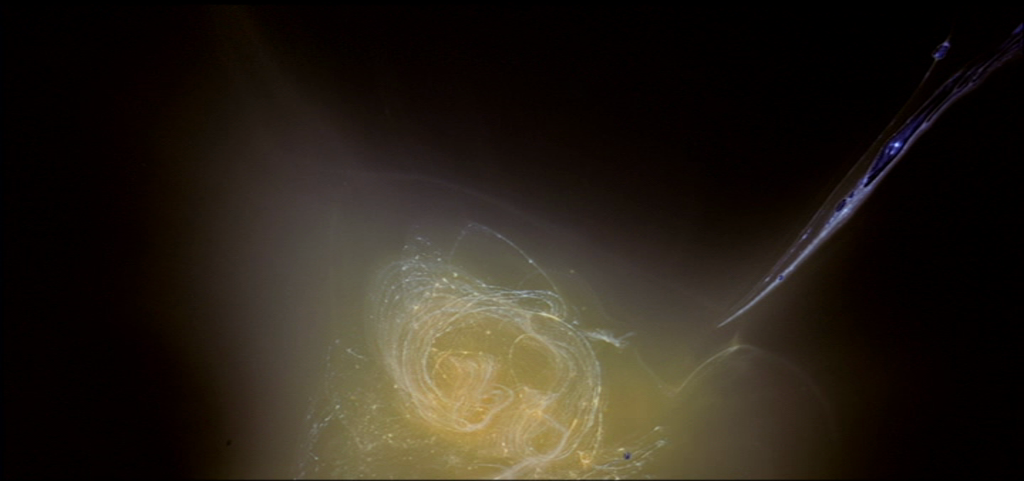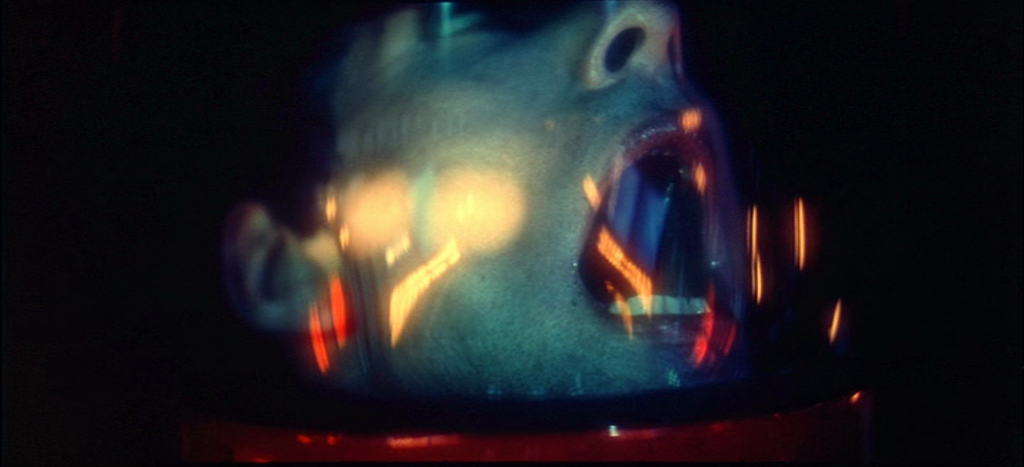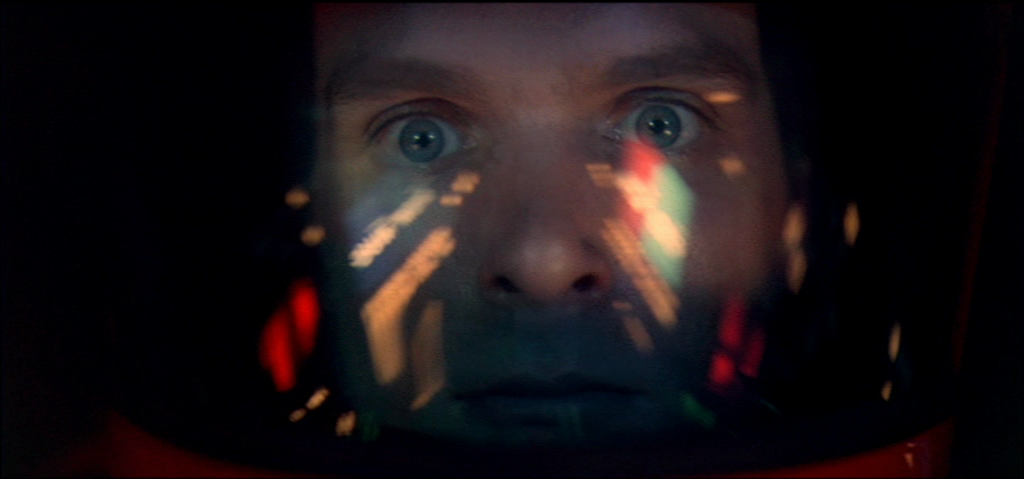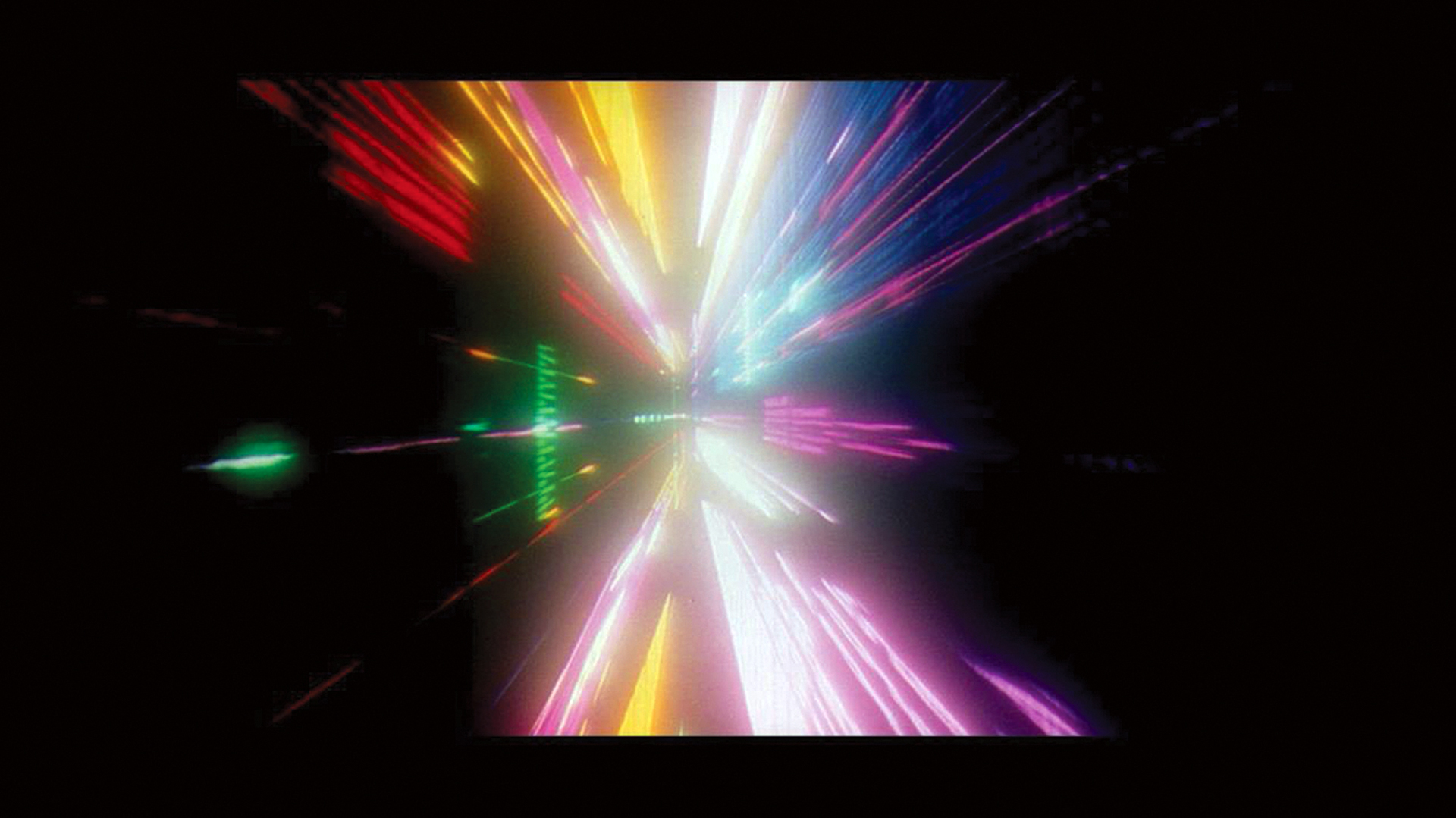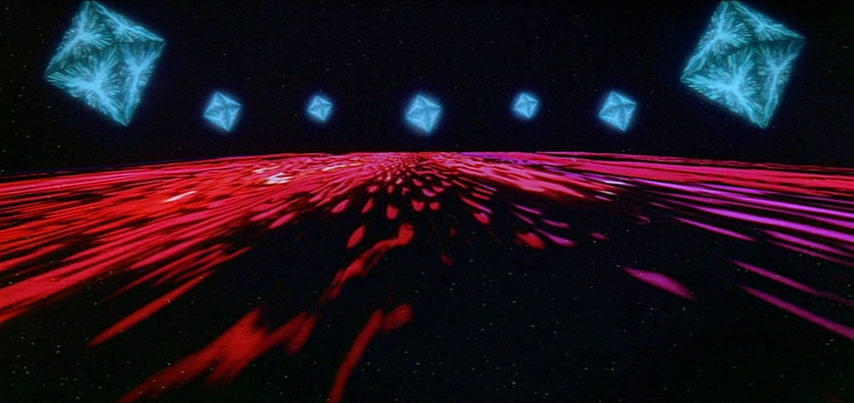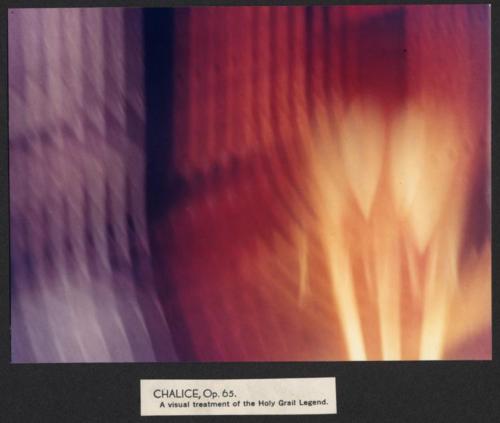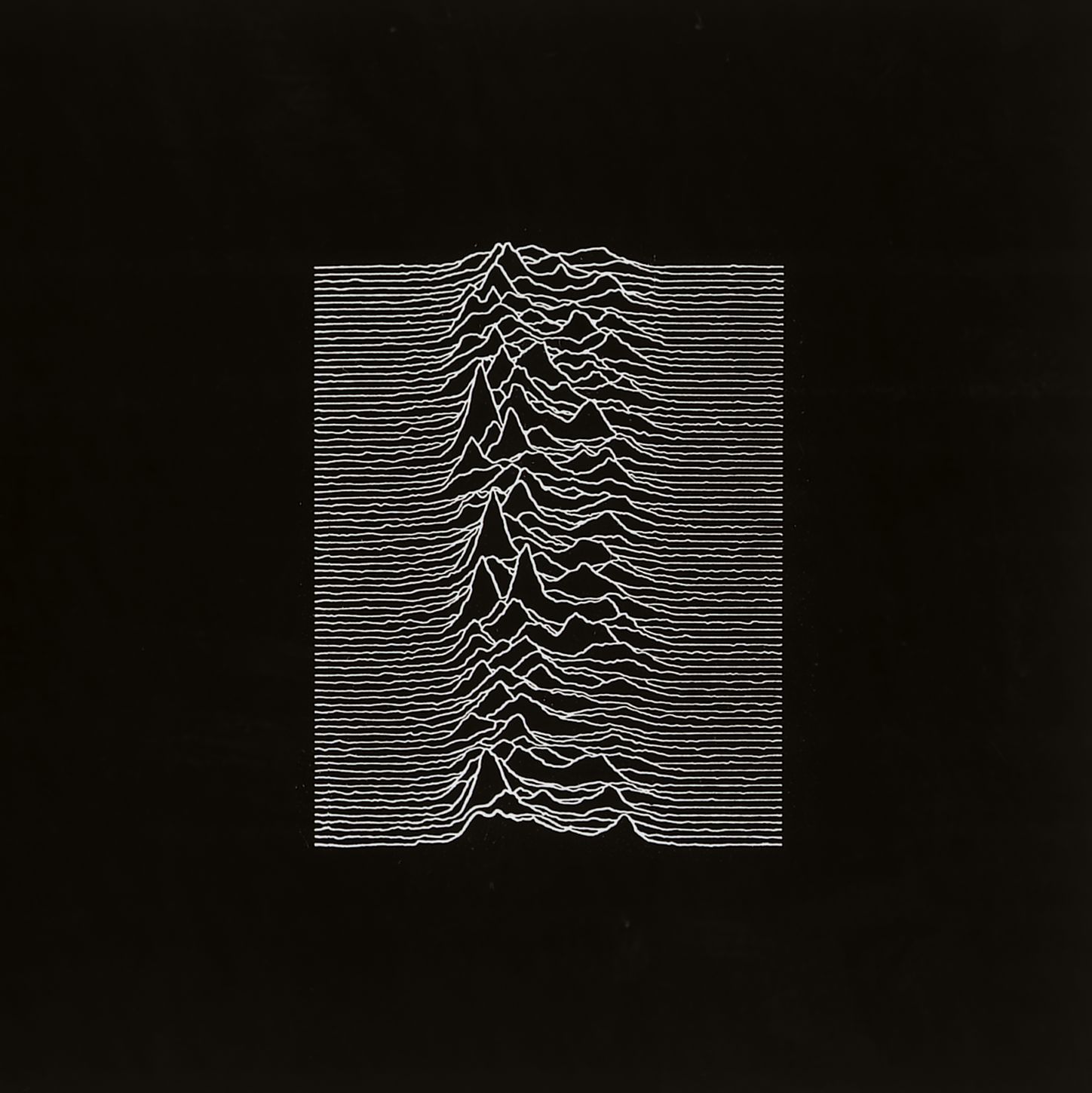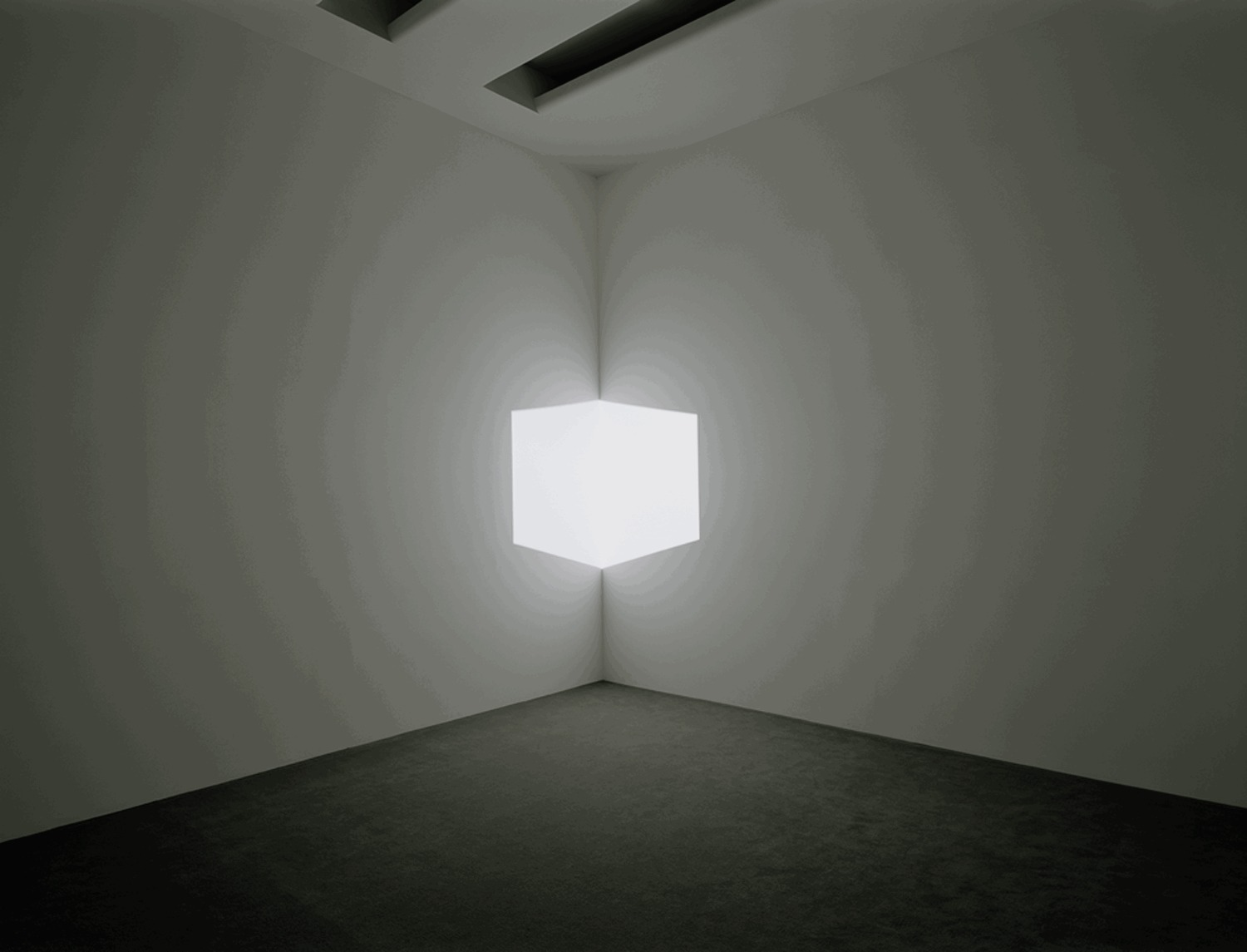WHAT DIDN'T WORK
Physicality - the way people stuck their upper body/head into the work.
From the moment you walk into the room - the environment should be tonally appropriate/contributing to the experience.
There wasn't a narrative shape or a pattern disrupted by a surprise or realization or turn of events/perception.
The sound did not reflect the way that the light and visual patterns shaped the experience.
The idea of time distortion/disruption didn't come through for some. (Is it important to explicitly tell people? No, we think not. It should be a nonverbal experience.)
WHAT DID WORK
After using the time box, Sagar reported he wished he "could be invisible."
Marina reported she wanted one in her home.
Other comments "trippy", "terrifying", "reminded them of Interstellar."
Did give people some strong experience of being in a different time and place. Someone commented "I lost track of time" and that "infinite reflection and varying pulses of light really worked." This person also commented that they felt working with time in general was a key issue to address to address within the context of the anthropocene.
METHODOLOGIES GOING FORWARD FOR FINAL PRESENTATION AND NEXT PROTOTYPES
Consult more experts: both to deflate and support/unpack our hypothesis that Time is an uncontrollable, difficult to understand, misconstrued resource— the pursuit of which humanity has desperately thrown all other resources after (extension of daylight, abuse of time-saving labor, etc.)
RESEARCH & EXPLORATION QUESTIONS:
To further hone and re-hone each day: what do we want to make people feel? What do we want to make people aware of? Do we want to help people explore time more fully? How do people explore and experience time? What are the 'leverage points' of some unifying system of time "usage" and understanding we can act on and affect?
How to break down the language and syntax of how we talk about Time when we relate it to our project and what we're trying to create?
More research and exploration into: time, black holes, time dilation, spacetime gravitational lensing, quantum mechanics, perceptual abilities of the human mind.
Is this a meditative/contemplative experience always or can it be intense, claustrophobic, existentially disturbing?
PROTOTYPING & DAILY PRACTICE IDEAS:
Is there a way to explore and weave some form of virtual reality into it?
What is a way to bring linear time into the box (a digital clock which speeds up and slows according to the oscillation in order to show a concrete relationship between the time-sense inside the box, and linear time which exists outside of the box.
Brainstorm ideas for a secret/hidden, public, lightweight, exhibit space/installation for the public.
How can we strengthen the sensory aspects of the piece to create something completely immersive: focusing on sound (vibration/sound waves/transducers) and even haptic feedback?
How can we use the installation's potential environmental constraints and characteristics to the piece's advantage? (e.g. if it is installed near a construction site with loud jackhammers - how could we work with that to show contrast between "linear time" and the new dimension we invite the public into?
Is there a unifying way to create an interaction or control for the user to participate in their own experience of this new sense of time.
